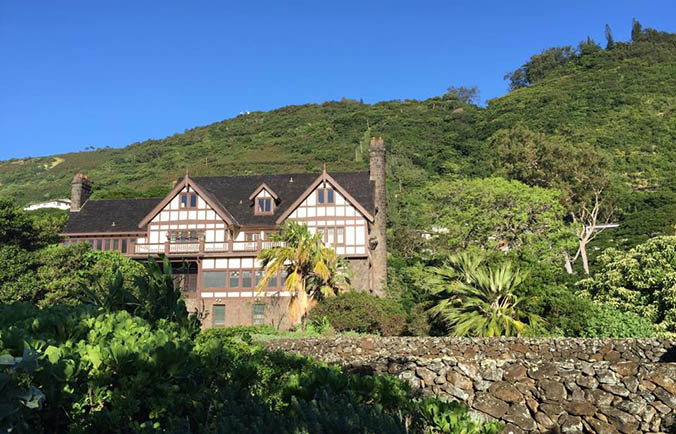


University of Hawaiʻi at Mānoa researchers and educators have partnered with the Mānoa Heritage Center to develop educational programs and preservation activities related to Hawaiian language, culture and history. The center received a three-year $90,000 grant from the National Endowment for the Humanities that will be used to connect educators with Native Hawaiian cultural resources and to enhance how Hawaiian history and culture is taught in Hawaiʻi’s public schools.
Professor Puakea Nogelmeier of the Kawaihuelani Center for Hawaiian Language will lead a team of researchers in the examination of archives and Hawaiian language newspapers published between 1834–1948. The Awaiaulu researchers will seek information about the ancient agricultural temple located on Mānoa Heritage Center’s campus, Mānoa Valley history and legends, and the role plants played. For more on Nogelmeier, read the Mānoa Heritage Center news release (PDF).
College of Education Associate Specialist Amber Strong Makaiau will work with the Mānoa Heritage center to offer professional development workshops for public school teachers who need models that teach Hawaiian history using the newly-adopted College, Career, and Civic Life (C3) Framework. The workshops will give teachers the unique opportunity to develop culturally responsive Hawaiian history unit plans utilizing the center’s resources. Makaiau is the director of curriculum and research at the UH Uehiro Academy for Philosophy and Ethics in Education and the winner of the first C3 Teachers Inquiry Challenge in 2016. Read more about Makaiau at the College of Education website.
Senator Mazie Hirono said, “Supporting the Mānoa Heritage Center’s efforts to promote the understanding of Hawaiʻi‘s natural and cultural heritage, this grant will allow for the development of community partnerships to help connect our educators, researchers and students to Hawaiian history and previously unavailable language resources.”

